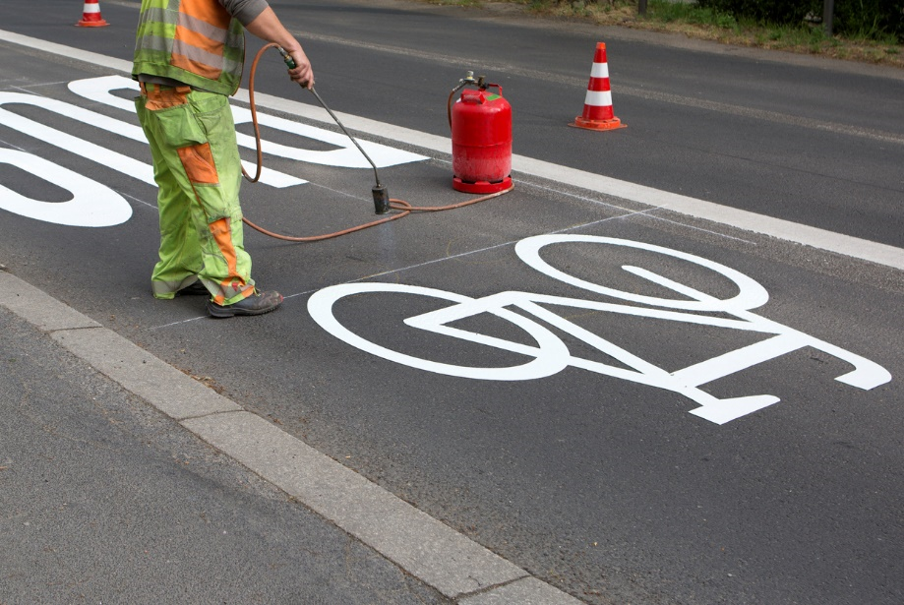
Local efforts can transform the built environment through projects that can enhance access to services, improve physical activity and community safety, and promote social interaction. Read about the different projects supported by the Illinois State Physical Activity and Nutrition program throughout Illinois with funding from the Centers for Disease Control and Prevention.
Our Environment Impacts Our Health
The Centers for Disease Control and Prevention (CDC) says it best: “Walking is an excellent way to help people become more active and improve their health.” But for many Americans, the ability to walk or bike for transportation, recreation, or fitness can be challenging.
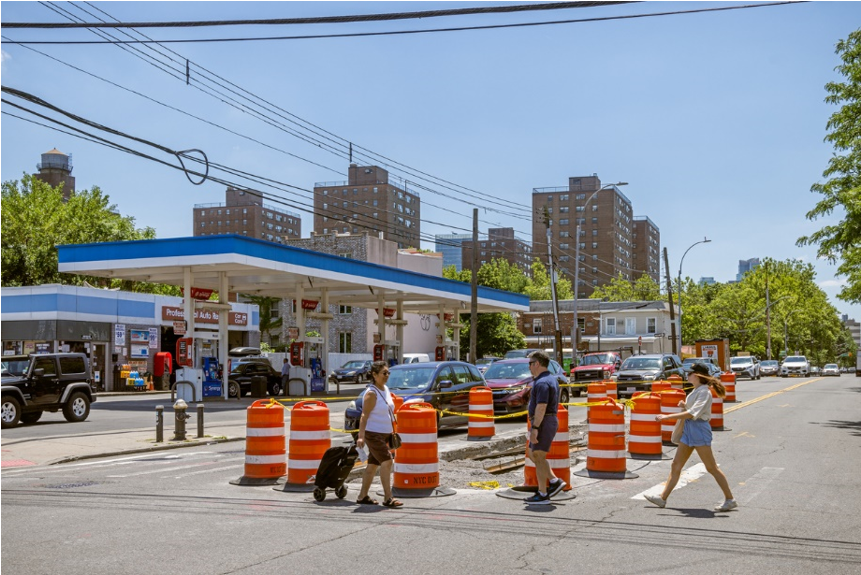
Our communities were designed and built to primarily accommodate car travel. Whether it be a lack of sidewalks or paths, high-speed roads without crossings or destinations spread too far apart, the option for many to walk to school or bike to work isn’t truly an option.
Our built environment has a direct effect on public health. Consider that 22.7% of Illinois adults report physical inactivity. This can change.
Local interventions have the power to transform the built environment. Indeed, a broad range of approaches can produce gradual shifts that result in substantive improvements over longer periods of time.
The U.S. Department of Transportation, for instance, offers tools, policies, and approaches – called Complete Streets – that can support a variety of efforts. These policies are set at different levels of government and are frequently supported by roadway design guidelines. They can address a wide range of elements, such as sidewalks, bicycle lanes, bus lanes, public transportation stops, and more. Complete Streets can guide decisions that keep all users in mind to make the transportation network safer and more efficient.
A Closer Look at Funded Initiatives: Built Environment Projects Through ISPAN
The Illinois Public Health Institute (IPHI) works to implement nutrition and physical activity interventions in communities across Illinois under what’s called the Illinois State Physical Activity and Nutrition program, or ISPAN.
IPHI administers ISPAN in collaboration with the Illinois Department of Public Health, local health departments in three regions of the state, and a unified coalition of organizations from multiple sectors. ISPAN is funded by the Centers for Disease Control and Prevention (CDC).
The measures funded by ISPAN are designed to make it easier for Illinoisans to live the healthiest lives possible. The program focuses on low-income communities, rural communities, and communities of color in Illinois that have been the hardest hit by chronic diseases.
Connecting activity-friendly routes to everyday destinations by improving walking, biking, and transit systems to promote physical activity is one of the main focuses of the program. Below are three examples of ISPAN-funded infrastructure projects.
Local Efforts:
1. Leveraging Federal, State and Local Funds
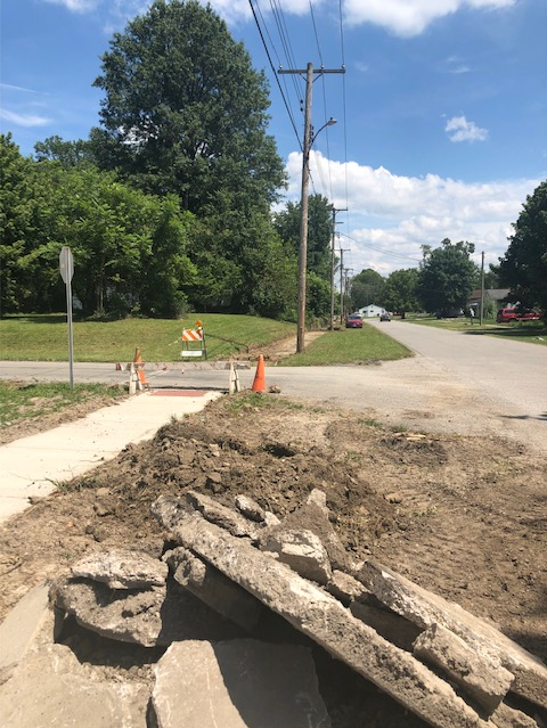
The Village of Burnham has worked to leverage various local, state, and federal sources in recent years to complete numerous infrastructure projects throughout the village, which have had a positive impact on public health.
The Cook County Department of Public Health (CCDPH) partnered with The Village of Burnham and the South Suburban Mayors and Managers Association (SSMMA). Together, they worked to develop a Complete Streets plan and provided technical assistance on the implementation of infrastructure projects supported by ISPAN. (Complete Streets is a policy and design approach promoted by the U.S. Department of Transportation.)
Projects included filling in a key bike network gap, building a bike-ped bridge to fill another connectivity gap, and putting up wayfinding signage. The collective impact of these projects has enhanced regional bike and transit connections through Burnham, reduced private vehicle traffic and idling, and increased the quality of life across the region.
Additionally, SSMMA worked with CCDPH to add health-related components to the scoring criteria for their local Surface Transportation Enhancement Funding for south suburban Cook County. The addition of the social-vulnerability index (SVI) and other complete streets and green infrastructure priorities helped SSMMA transform the way in which it awarded funds locally to promote physical activity and health. This work to change the funding criteria is now being shared with other Metropolitan Planning Organizations throughout the state through a statewide peer-learning series supported by ISPAN.
2. Cross-Sector Collaboration and Capacity Building
There has been an increase in funds for built environment projects. However, competing for these funds can be complicated and costly. Many Illinois communities lack the capacity and expertise to develop competitive funding applications – especially smaller, more rural, and lower-income towns. This is why partnerships with different sectors such as public health, transportation, planning, and parks and recreation organizations are vital.
Collaboration between different sectors in built environment projects can lead to a variety of benefits, such as improved project outcomes, increased efficiency, and enhanced social and environmental impacts. It also helps to ensure that the built environment is developed in a way that benefits all stakeholders and promotes the well-being of the community.
In 2020, the Chicago-based non-profit Active Transportation Alliance (ATA) has worked to promote cross-sector collaboration to increase access to funding for Illinois communities. ATA employed the use of statewide webinars and learning collaboratives to raise awareness of state funding opportunities and provide in-depth technical assistance, capacity building, and a virtual peer-learning space for a select number of predominantly high-need and/or first-time-applicant communities on obstacles faced when applying for funds.
ATA provided capacity building for communities to apply to two rounds of the Illinois Transportation Enhancement Program’s (ITEP) funding for biking/walking infrastructure, and one round of the state’s Safe Routes to Schools funding.
ATA was able to reach over 600 participants through virtual trainings and webinars to support applications to ITEP in 2020 and then again in 2022. The 2020 ITEP funding cycle garnered 270 applications totaling $293 million in funding requests out of nearly $106 million available. 95% of available funds awarded were in support of walking and biking projects in comparison to other eligible funding categories. Among the 2020 Learning Collaborative cohort who submitted an ITEP application, four communities were successfully funded, including first-time applicants. For 2022, five communities from the Learning Collaborative were selected for ITEP funding.
Another organization involved in cross-sector collaboration is the Peoria City/County Health Department (PCCHD). PCCHD and regional/local partners collaborated to host a two-day Complete Streets pop-up demonstration to showcase the benefits of wayfinding, bike lanes, walkability, and bike parking and featured entertainment and interactive activities. The event also included a youth walk audit with the local YMCA. This stemmed from regional participation in CDC/NACDD’s Walkability Action Institute.

3. Community Engagement
Developed in collaboration with Jackson County government agencies, ATA, and IPHI; the City of Carbondale’s Bike Network Audit is a prime example of the power of community engagement. Volunteers took to the pavement to help assess the bike lane/trail conditions in the region.
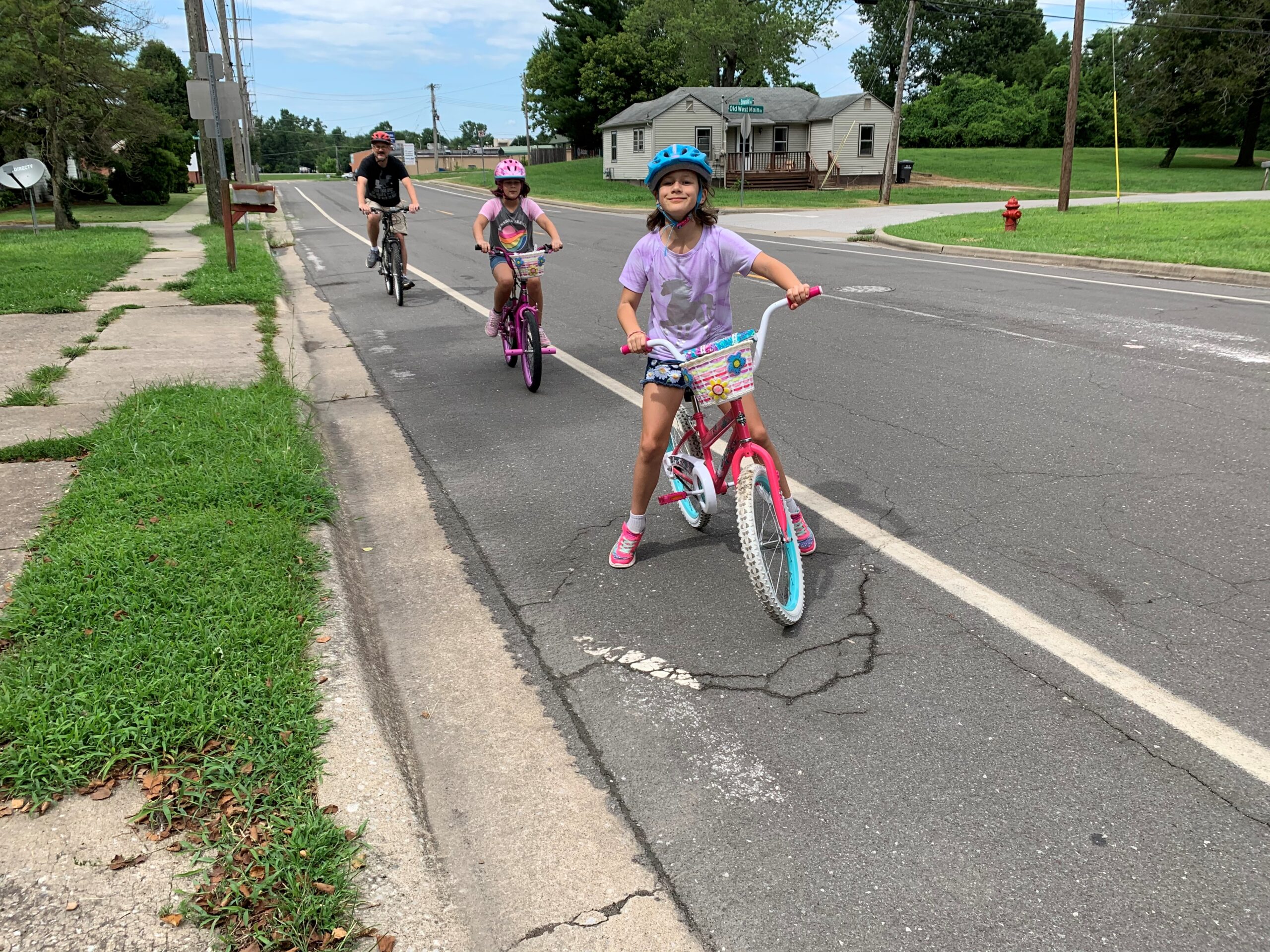
Their condition reports provided insight into potential updates to the local bike plan. Innovative strategies were utilized to engage volunteers during the COVID-19 pandemic, offering options to allow more people to get involved.
In 2019, the town of Murphysboro partnered with the Jackson County Health Department and ATA to engage community residents in a walk audit to assess conditions for 125 miles of sidewalks, and provide technical assistance and support for a project to prioritize potential investments in repairing and completing the Murphysboro sidewalk network.
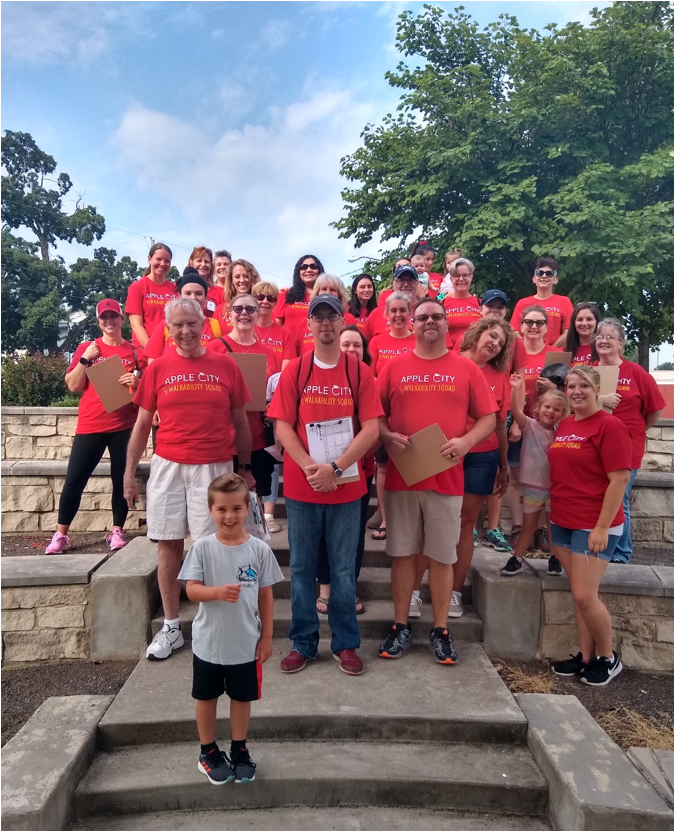
31 residents signed up to volunteer and were taught to classify the condition of sidewalks along a block and crosswalks at intersections. The results were used to develop a Sidewalk Inventory Plan that is now guiding local investments in sidewalk infrastructure in Murphysboro. A funding opportunity allowed Murphysboro to begin to build sidewalks to fill the gaps identified in the Inventory Plan.
As recent as March 2023, the City of Carbondale offered community members an opportunity to visualize safer street options and provide feedback. A temporary pop-up roundabout was constructed at an intersection that is heavily traveled and often congested.
The pop-up project is a short-term street design trial aimed at collecting data about a potential new street design in a low-cost, low-risk environment. The use of materials such as cones, recycling bins, and tires was used to construct the temporary roundabout. The data collected will help inform future decision-making about the intersection’s design.
The success of these projects has encouraged more people to get involved in improving the built environment of their communities. It demonstrated that with a little bit of local effort and collaboration, it is possible to transform the places where we live and work.
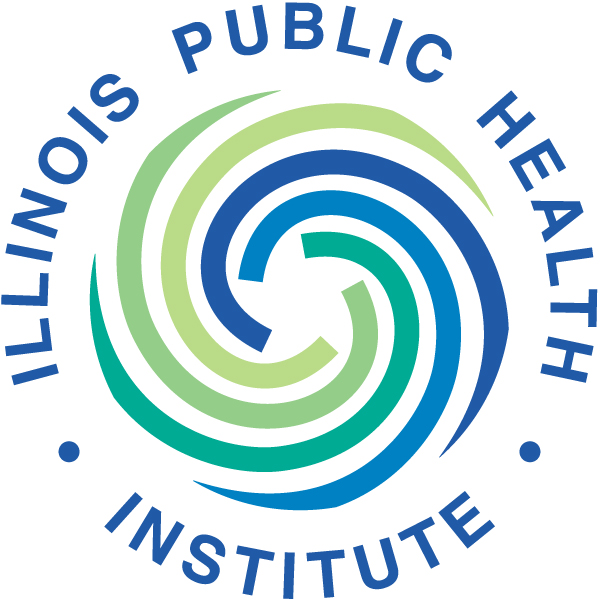
Recent Comments